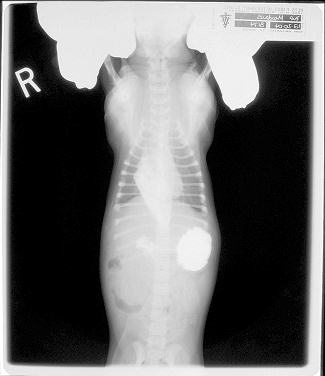SD Doggie Illnesses Mystery Cache
-
Difficulty:
-

-
Terrain:
-

Size:  (small)
(small)
Please note Use of geocaching.com services is subject to the terms and conditions
in our disclaimer.
This cache
is outside the 2 mile area and part of the Snoopy series of puzzle
and letterbox caches by meandmydogs. The actual cache is located in
Pawtuckaway State Park, NH
When
planning on getting a dog, there is a lot to be considered. Not
only do you have to think about the cost of day to day expenses,
vet bills should be planned for ahead of time. Some breeds are more
susceptible certain illnesses then others. Some say Mutts are less
susceptible to breed specific illnesses and that could be part of
your consideration.
Here are some common illnesses in dogs
Golden Retrievers: Cancer was the cause of death for 61.4% of
American Goldens according to a 1998 health study conducted by the
Golden Retriever Club of America, making it the breed's biggest
killer
Pug: Hip dysplasia is a major problem for the breed, with 63.8% of
pugs being affected according to a survey performed by the
Orthopedic Foundation for Animals, and they were ranked second
worst affected by the condition out of 157 breeds tested (spike has
hip dysplasia and he his only half pug).
Bull Mastiff: • Hypothyroidism affecting 2.8% of
specimens
Tibetan Spaniel: Progressive retinal atrophy is a problem with this
breed. The disease is an inherited form of blindness in dogs that
occurs in two forms: generalized PRA and central PRA. Generalized
PRA is primarily a photoreceptor disease and is the form found in
Tibetan Spaniels. The clinical signs have been observed between 1½
and 4 years, but as late at seven years.
Out Buddy Bailey of golden guiders has an illness I had never heard
of that requires some special TLC. Megaesophagus is a condition in
humans, cats and dogs where the esophagus is enlarged. Normally,
when the animal's esophagus is functioning properly, it acts as a
muscle and pushes the food down the esophagus into the stomach.
However, when an animal has megaesophagus, the esophagus stays
enlarged and does not push the food down to the stomach. Therefore,
the food fails to enter the stomach and often stays in the
esophagus, and is eventually regurgitated, or enters the lungs
through breathing, or decays in the esophagus.
Amazingly, the treatment is called the Bailey Chair.. As it was
first designed by an owner of another dog named Bailey. The premise
is that the dog must sit up right in the chair while eating to let
gravity drop the food in the stomach. They then have to stay in the
chair for 20 minutes after eating to digest the food enough to
prevent it from coming back up!

An x-ray of
a dog

Bailey’s new chair

Bailey
rooting for the Patriots while waiting for food to
digest!
The
puzzle
43 06.ABC 71 08.DEF
A= Megaesophagus is a condition in (2) humans (3) cats (4) dogs (5)
All the above
B=The Bailey Chair was named after a dog named ? (0) Bailey (2)
Spike (3) Molly
C= In 1998, the American Golden Club reported that C1/4% of Golden
Retrievers died of cancer.
D= Tibetan Spaniel: Progressive retinal atrophy as late as D years
of age
E=Bull Mastiff: • Hypothyroidism affecting 2.E% of this
breed
F= Pug: 6F.8% of pugs suffer from Hip dysplasia
Additional Hints
(No hints available.)